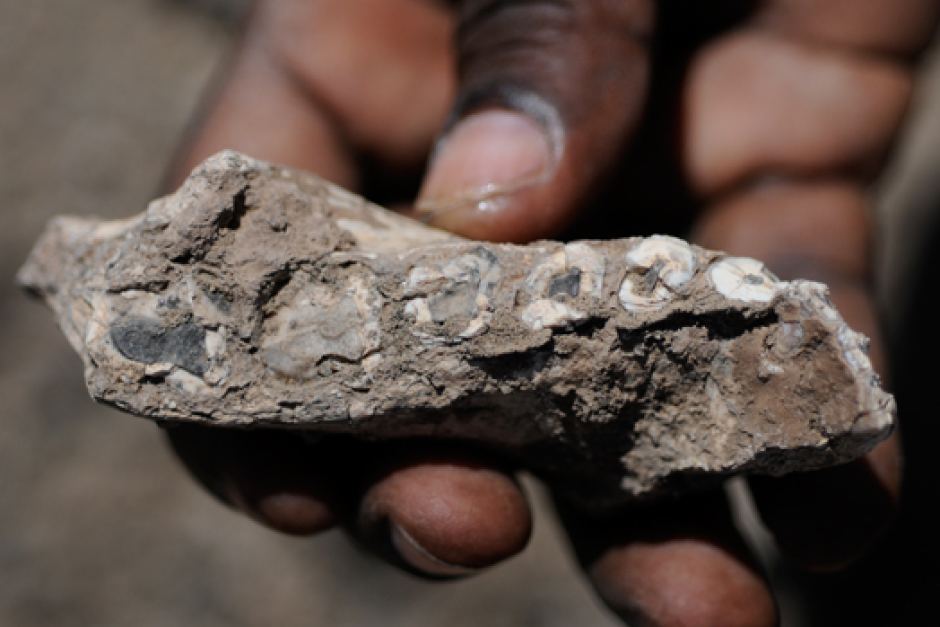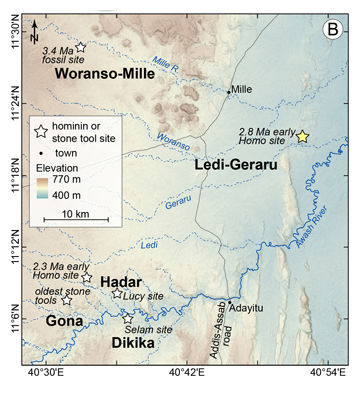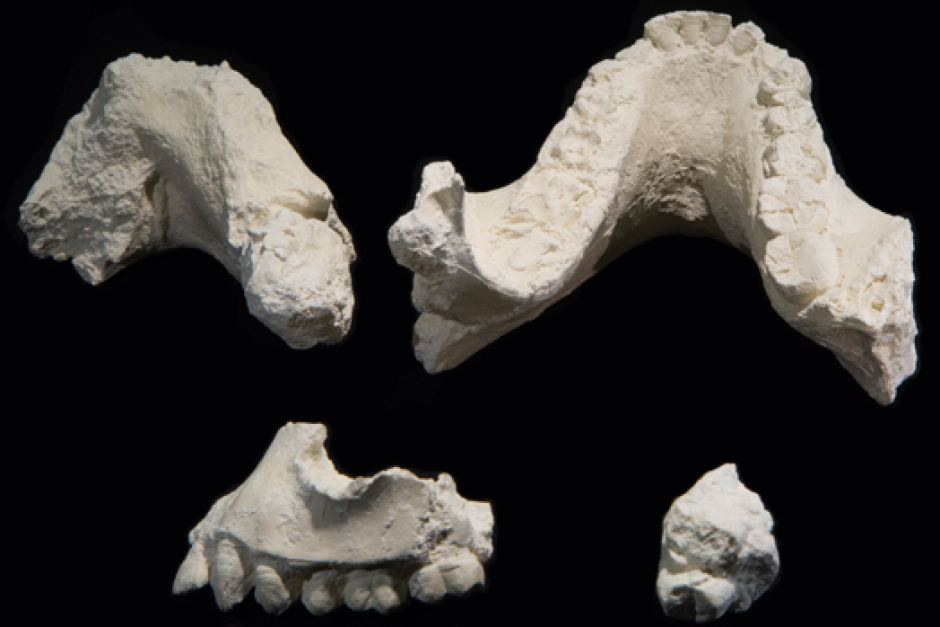
The fossils shed new light on a key period in the human lineage's evolution before the emergence of our genus, Homo, and provide the first evidence that two early human ancestor species lived at the same time and place prior to 3 million years ago.
The new species, Australopithecus deyiremeda, combined ape-like and human-like traits as did Lucy's species, Australopithecus afarensis, but was sufficiently different to warrant recognition as a separate species, scientists said announcing the discovery on Wednesday.
Lucy's skeleton was unearthed in 1974 from the Hadar site, near Woranso-Mille, where the new fossil was found.
The species' cheekbone position and generally small tooth size likely made it look more like our genus than did Lucy's species, said Cleveland Museum of Natural History paleoanthropologist Yohannes Haile-Selassie, who led the study published in the journal Nature.

They previously found a 3.4 million-year-old partial fossil foot and "cannot rule out" that it belongs to the new species, Mr Haile-Selassie said.
Compared to Lucy, the new species had a more robust lower jaw, cheekbones further forward on the upper jaw, molars with thicker enamel and relatively small upper and lower cheek teeth, said paleoanthropologist Stephanie Melillo of the Max Planck Institute for Evolutionary Anthropology's Department of Human Evolution in Germany.
One unanswered question is how Lucy's species and the Australopithecus deyiremeda managed to co-exist.
"They would have been rivals if they were exploiting the same resources or had similar foraging strategies," Mr Haile-Selassie said.
Dental differences suggest they had different diets, meaning they may not have competed for the same resources.
Another human relative, Kenyanthropus platyops, also lived relatively nearby in Kenya.
Our species, Homo sapiens, appeared 200,000 years ago. The earliest known member of our genus lived 2.8 million years ago.
Scientists previously had argued there was only one human ancestor at any time between 4 and 3 million years ago, each giving rise to another new species.
"The story is becoming more complicated as more branches are added to the human phylogenetic tree," Ms Melillo said.




Reader Comments
to our Newsletter